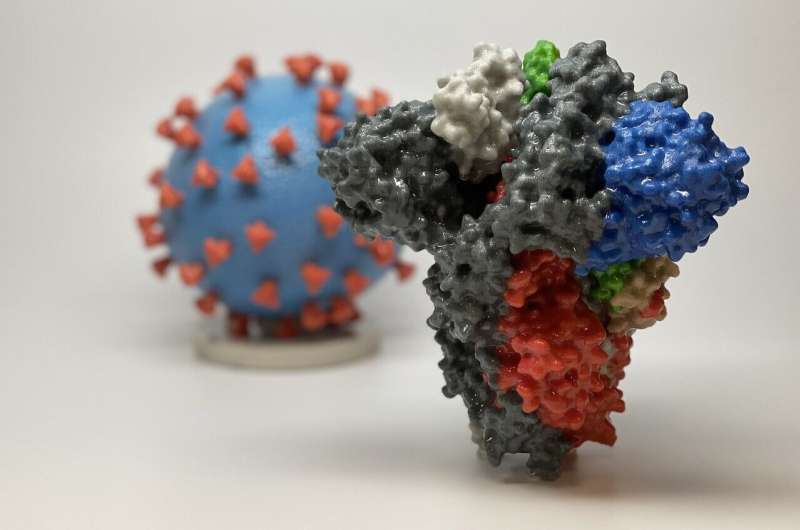
The global eradication of COVID-19 is probably feasible, and more so than it is for polio, although considerably less so than it was for smallpox, suggests a comparative score of technical, sociopolitical, and economic factors for all three infections, published in the online journal BMJ Global Health.
Vaccination, public health measures, and global interest in achieving this goal as a result of the huge financial and social havoc wrought by the coronavirus pandemic, all make eradication possible.
But the main challenges lie in securing sufficiently high vaccine coverage and being able to respond quickly enough to variants that may evade immunity, say the authors.
To estimate the feasibility of COVID-19 eradication, defined as ‘the permanent reduction to zero of the worldwide incidence of infection caused by a specific agent as a result of deliberate efforts’, the authors compared it with two other viral scourges for which vaccines were/are available—-smallpox and polio—using an array of technical, sociopolitical, and economic factors that are likely to help achieve this goal.
They used a three point scoring system for each of 17 variables. These included: factors such as the availability of a safe and effective vaccine; lifelong immunity; impact of public health measures; effective government management of infection control messaging; political and public concern about the economic and social impacts of the infection; and public acceptance of infection control measures.
Smallpox was declared eradicated in 1980 and two out of the three serotypes of poliovirus have also been eradicated globally.
The average (total) scores in the analysis added up to 2.7 (43/48) for smallpox, 1.6 (28/51) for COVID-19, and 1.5 (26/51) for polio.
“While our analysis is a preliminary effort, with various subjective components, it does seem to put COVID-19 eradicability into the realms of being possible, especially in terms of technical feasibility,” they write.
They acknowledge that relative to smallpox and polio, the technical challenges of COVID-19 eradication include poor vaccine acceptance, and the emergence of more highly transmissible variants that may evade immunity, potentially outrunning global vaccination programmes.
“Nevertheless, there are of course limits to viral evolution, so we can expect the virus to eventually reach peak fitness, and new vaccines can be formulated,” they explain.
“Other challenges would be the high upfront costs (for vaccination and upgrading health systems), and achieving the necessary international cooperation in the face of ‘vaccine nationalism’ and government-mediated ‘antiscience aggression’,” they admit.
The persistence of the virus in animal reservoirs may also thwart eradication efforts, but this doesn’t appear to be a serious issue, they suggest.
On the other hand, there is a global will to tackle the infection. The massive scale of the health, social and economic impacts of COVID-19 in most of the world has generated “unprecedented global interest in disease control and massive investment in vaccination against the pandemic,” they point out.
And unlike smallpox and polio, COVID-19 also benefits from the added impact of public health measures, such as border controls, social distancing, contact tracing and mask wearing, which can be very effective if deployed well.
The upgrading of health systems to get rid of the virus could also aid the control of other infections and even help eradicate measles, they suggest.
“Collectively these factors might mean that an ‘expected value’ analysis could ultimately estimate that the benefits outweigh the costs, even if eradication takes many years and has a significant risk of failure,” they write.
Elimination of COVID-19, defined as ‘reduction to zero of the incidence of infection caused by a specific agent in a defined geographical area as a result of deliberate efforts’, has been achieved and sustained for long periods in several jurisdictions in the Asia-Pacific region, providing proof-of-concept that global eradication is technically possible, they note.
Source: Read Full Article